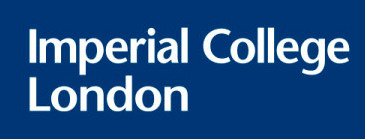 Research has emerged from NIA member, Imperial College London, of how to deliver DNA-Au nanoparticles across the blood brain barrier (BBB) to better understand how drugs can be more efficiently delivered to the brain – one of the trickiest parts of the human body to deliver drugs to because of the limitations imposed by the body as to what can cross the BBB.
Research has emerged from NIA member, Imperial College London, of how to deliver DNA-Au nanoparticles across the blood brain barrier (BBB) to better understand how drugs can be more efficiently delivered to the brain – one of the trickiest parts of the human body to deliver drugs to because of the limitations imposed by the body as to what can cross the BBB.
The researchers coated the gold nanoparticles to make them more biocompatible with the body and delivered them to the brain using ultrasound. Ultrasound waves have been found to be one of the main ways to temporarily breach the BBB. This is achieved by creating microbubbles within the blood, which causes the blood to vibrate and disrupt the BBB. From there, the introduced nanoparticle (or drugs if it is a therapeutic procedure) can pass through a localised (and targeted) opening in the BBB.
The researchers used the combination of ultrasound and DNA-Au nanoparticles to show how the size of the nanoparticle affects its ability to cross the BBB within mice. This can be adapted to help better understand how drug molecules of varying sized will behave when trying to cross the BBB. It can also be further adapted if the drug is being delivered by a designated nanocarrier, because these often have large diameters and a minute opening can sometimes present a challenge.
As expected, but realised for the first time, the smaller nanoparticles were more effective at crossing the BBB. So, the findings can be applied to find the size range that will be efficient for drug delivery approaches, be it for native drug molecules or drug-carrier systems.
Sources: Imperial College London, Wiley



















